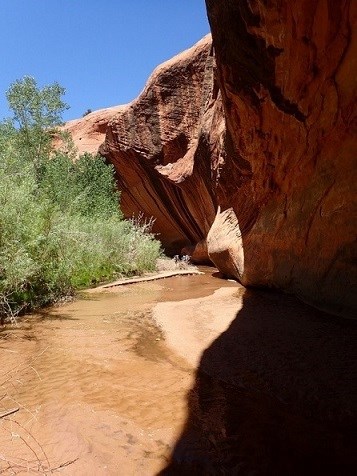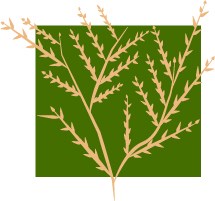What are riparian zones? Riparian zones, or areas, are lands that occur along the edges of rivers, streams, lakes, and other water bodies. Examples include streambanks, riverbanks, and flood plains. They’re different from the surrounding uplands because their soils and vegetation are shaped by the presence of water. Riparian zones in the southwestern United States make up less than two percent of the land area, but they support the highest density and abundance of plants and animals of any habitat type there.
Riparian zones provide many important functions and benefits, including:
- Providing habitat (including migration routes and habitat connectors) for a diversity of wildlife,
- Helping to maintain water quality, because riparian vegetation can remove excess nutrients and sediment from surface runoff,
- Stabilizing stream banks and reducing floodwater velocity (thanks to riparian vegetation), and
- Providing recreation opportunities and scenic beauty.
Also, in addition to riparian plants providing habitat and stabilizing stream banks, overhanging vegetation shades streams, which reduces water temperatures for fish.

